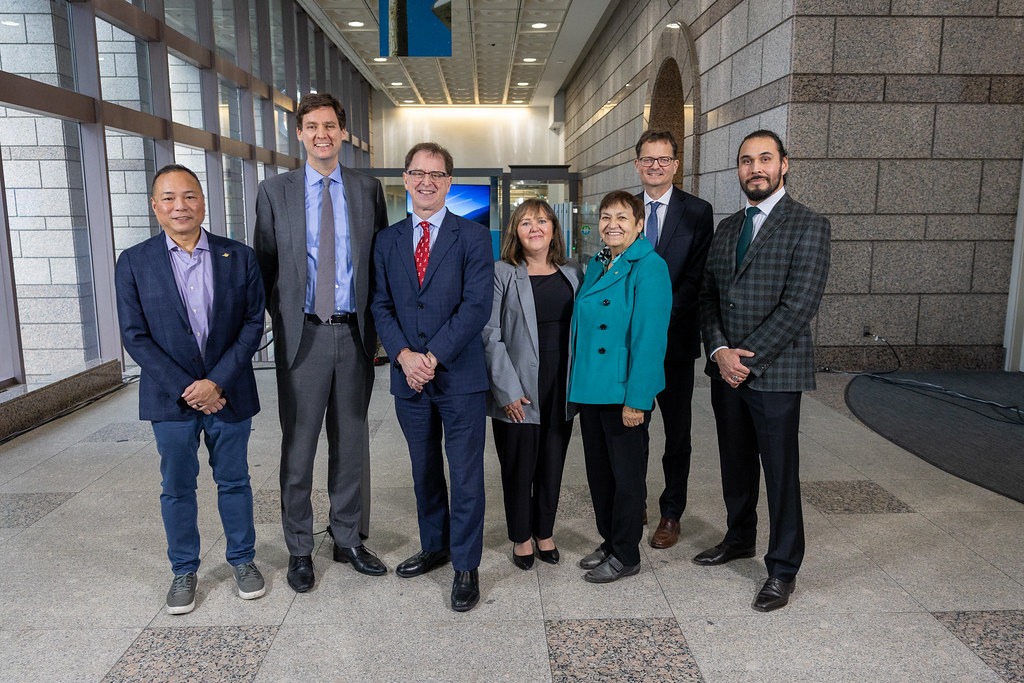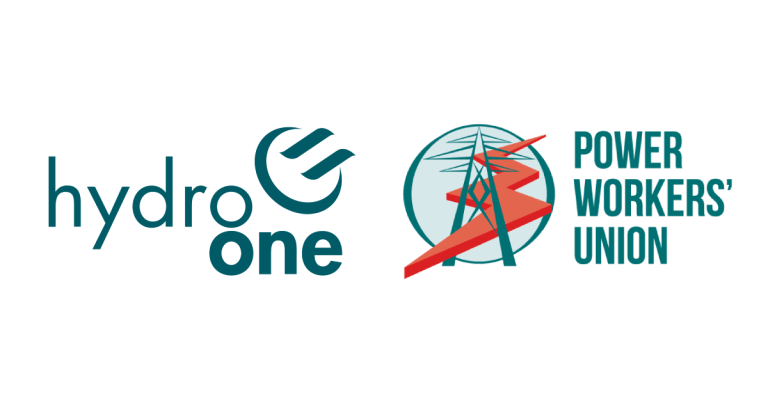Nine New Wind Projects Will Boost B.C.’s Affordable Clean-Energy Supply

December 10, 2024
BC Hydro has selected nine energy projects through its 2024 call for power that will supply clean, affordable electricity to serve B.C.’s growing communities and housing needs, as people and businesses choose clean energy in their lives, homes, vehicles and businesses.
“Clean and affordable electricity is key to powering economic growth and unlocking private-sector investment that creates thousands of good jobs here in British Columbia,” said Premier David Eby. “These new projects will significantly expand our electricity supply – making B.C. a clean-energy superpower, while ensuring rates are affordable for people and for industries looking to expand.”
BC Hydro received a strong response to its call for new renewable power-generation projects, and through its evaluation process will award 30-year electricity purchase agreements to nine wind projects. These projects will provide nearly 5,000 gigawatt hours per year of electricity, enough to power 500,000 new homes, boosting BC Hydro’s current supply by 8%.
The development and construction of new clean-energy projects, in response to the call for power, will generate between $5 billion and $6 billion in private capital spending throughout the province.

Successful wind-power projects
The nine successful wind-energy projects selected from the 2024 call for power are geographically diverse, representing almost every region in the province.
Boulder and Elkhart Wind Project
- Proponent: Elkhart Wind Limited Partnership
- IPP partner: Elemental Energy
- First Nation partner: Upper Nicola Band
- Project size in megawatts (MW): 94
- Regional system: South Interior West
Taylor Wind Project
- Proponent: Taylor Wind Project Inc.
- IPP partner: EDF Renewables
- First Nation partner: Saulteau First Nations
- Project size (MW): 200
- Regional system: Peace
Brewster Wind Project
- Proponent: Brewster Wind Inc.
- IPP partner: Capstone Infrastructure
- First Nation partner: Wei Wai Kum First Nation
- Project size (MW): 197
- Regional system: Vancouver Island
Highland Valley Wind Project
- Proponent: Highland Valley Wind Inc.
- IPP partner: Capstone Infrastructure
- First Nation partner: Ashcroft Indian Band
- Project size (MW): 197
- Regional system: South Interior West
K2 Wind Project
- Proponent: K2 Wind Power Inc.
- IPP partner: Innergex Renewable Energy Inc.
- First Nation partner: Westbank First Nation
- Project size (MW): 160
- Regional system: South Interior West
Mount Mabel Wind Project
- Proponent: Mount Mabel Wind Inc.
- IPP partner: Capstone Infrastructure
- First Nation partner: Lower Nicola Indian Band
- Project size (MW): 143
- Regional system: South Interior West
Nilhts’I Ecoener Project
- Proponent: Nilhts’I Ecoener Energy Corp
- IPP partner: Ecoener
- First Nations partner: Lheidli T´enneh
- Project Size (MW): 140
- Regional system: Central Interior
Nithi Mountain Wind Project
- Proponent: General Partnership
- IPP partner: Innergex Renewable Energy Inc.
- First Nation partner: Stellat’en First Nation
- Project size (MW): 200
- Regional system: North Coast
Stewart Creek Wind Project
- Proponent: Stewart Creek Power Inc.
- IPP partner: Innergex Renewable Energy Inc.
- First Nation partner: West Moberly First Nation
- Project Size (MW): 200
- Regional system: Peace
“We need these new energy generation projects urgently to meet growing demand for power and accelerate our efforts to build a prosperous and inclusive clean economy,” said Adrian Dix, Minister of Energy and Climate Solutions. “Now that the projects have been selected, we’re going to work together with BC Hydro, First Nations and proponents to get these projects built quickly, responsibly and efficiently, and get those turbines spinning.”
To ensure the projects are completed as efficiently as possible, the Province intends to exempt these wind projects and all future wind projects in B.C. from environmental assessment, while ensuring First Nations interests and environmental mitigations are protected and maintained.
“It’s clear there are enormous opportunities to generate clean electricity through wind, and that we need to do more to get larger projects online faster,” said Tamara Davidson, Minister of Environment and Parks. “That’s why we are announcing our intention to exempt wind-power projects from the environmental assessment process, with a rigorous provincial permitting process in place, while ensuring First Nations are full partners in our shared, sustainable future.”
BC Hydro engaged extensively with First Nations on the design of the call for power, and included a requirement that projects must have a minimum 25% equity ownership held by First Nations. Eight of the nine successful energy projects will have 51% equity ownership. This represents $2.5 billion to $3 billion of ownership by First Nations in new renewable energy projects in the province.
The cost of wind has dropped significantly over the past decade, and these new projects align with the trend of renewable costs decreasing. When adjusted to today’s dollars, the average price from the successful projects in this call is about 40% lower than BC Hydro’s last call for clean power in 2010, reducing rate impacts and keeping electricity bills affordable for people and businesses.
Adding these new wind projects will diversify BC Hydro’s generation mix. B.C. is well positioned to add more intermittent renewables, such as wind, to the electricity grid as its integrated, flexible system of hydroelectric dams act as batteries. Reservoirs store water and allow BC Hydro to ramp production up or down almost instantly, providing a reliable backup when the wind is not blowing.
The Province and BC Hydro are committed to conducting regular, competitive calls for power based on electricity demand. This will ensure that B.C. has the clean electricity it needs as the economy and population continues to grow, while keeping BC Hydro rates affordable.
Along with the call for power, BC Hydro is taking a number of actions to ensure it will continue to meet the growing demand from population growth and housing construction, business and industrial development, and transportation.
Together, these actions will power more than one million new homes in the coming years. This includes: adding the Site C hydroelectric dam, which will power 500,000 homes; investing in energy efficiency, which is expected to result in 2,000 gigawatt hours per year of electricity saving or enough to power 200,000 homes; as well as renewing existing electricity purchase agreements and exploring the use of utility-scale batteries.
Go HERE for more information








